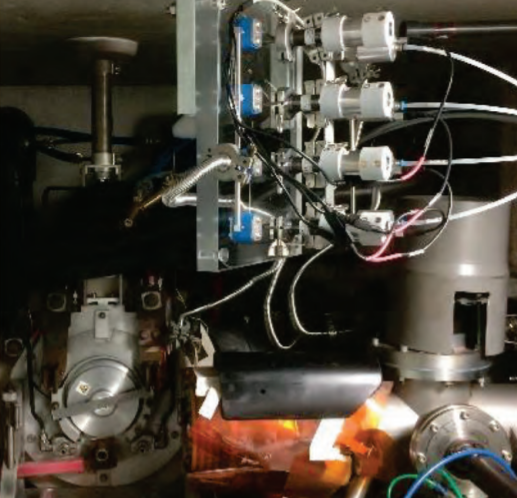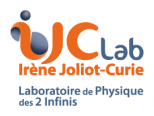The production of radioactive isotopes by the ISOL technique is a research field in itself, combining knowledge from nuclear physics, material science, chemistry and different branches of engineering. Research at ISOL facilities requires a continuous effort in developing new target designs, materials and methods in order to improve not only the production rate of radioactive species in the target, but also their release time and efficiency from the target material, the former being crucial for the production of very short-lived isotopes
The researchers of team FIIRST are deeply involved in the activities of the ALTO Low Energy Branch (LEB), which is an ISOL facility in Orsay producing low-energy, neutron-rich isotopes by the photofission of uranium nuclei induced via Bremsstrahlung by an accelerated electron beam. In particular, researchers of the team contribute to a few key directions of development at ALTO-LEB:
- the development and optimization of ion sources and of target-ion source units;
- the development of new radioactive beams;
- the target production for on-line experiments and the research of new target geometries and materials;
- the development of molecular beams for improving the release properties of refractory elements;
- the upgrade of the ALTO-LEB front-end for reliable operation at higher transport voltage and the manipulation of radioactive targets using a dedicated robot (the FRISAL project).
In addition, our team is involved in the development and operation of the RIALTO laser laboratory, which is dedicated to the resonance laser ionization of the radioactive atoms released from the ISOL target. Combined with isobaric separation using the PARRNe dipole magnet, this element-selective ionization significantly improves the purity of beams delivered to nuclear-physics setups, in many cases a crucial requirement for high-sensitivity experiments.









